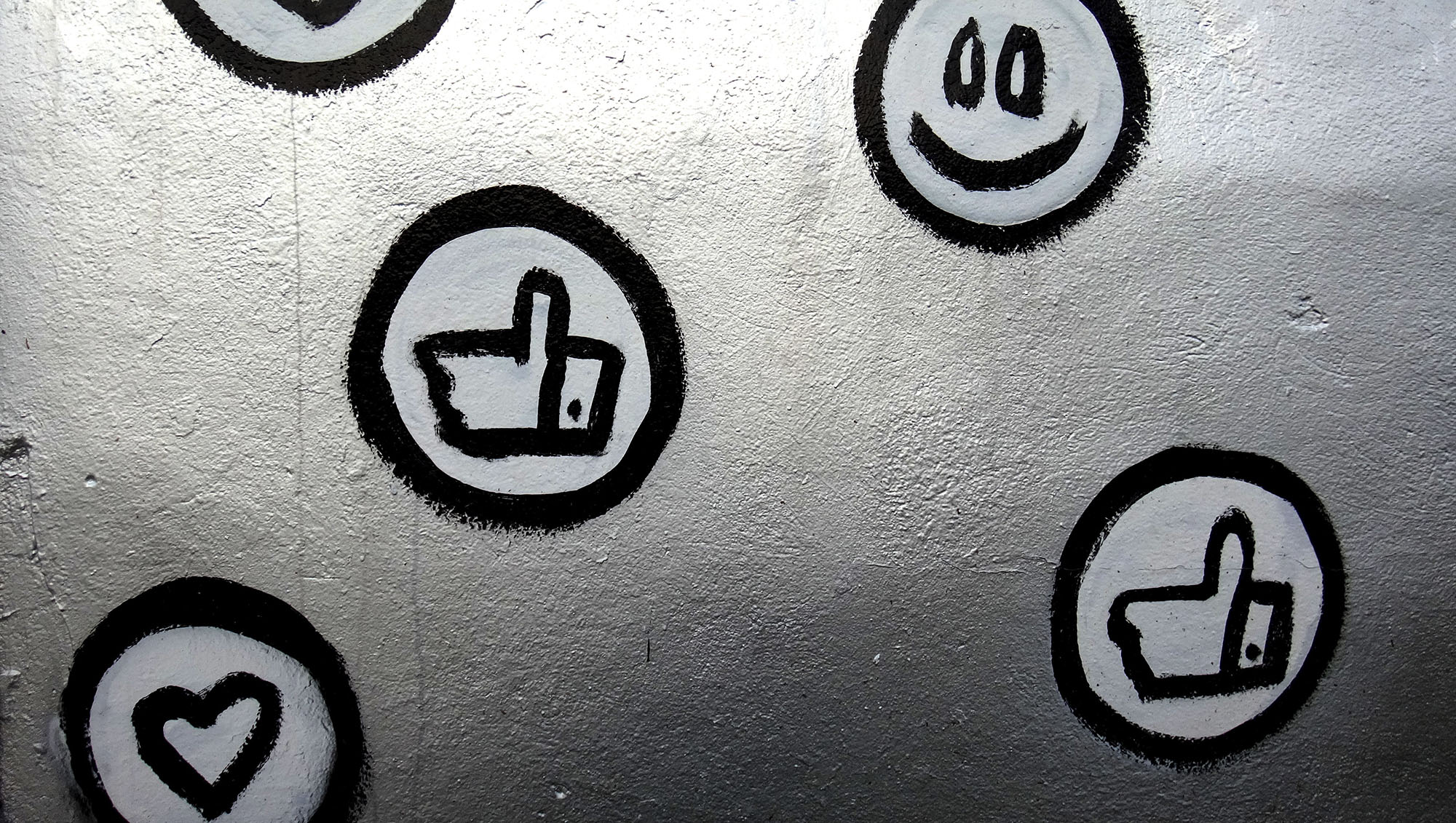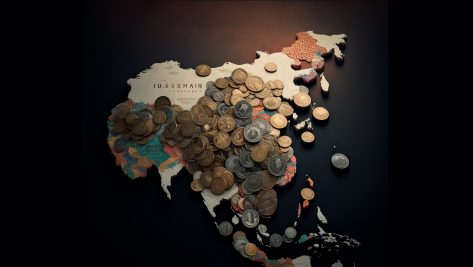María Eizaguirre: Personalization and content creation are hot topics right now. What happens when a customer is actually an artificial personality?
Penny Wilson: In that case, we would know less about who the individual is, but more about how they behave, and this would drive our understanding of what they might be interested in. We may not know if it’s a bot, but we would be able to deliver what they’re interested in, based on their digital behavior. Privacy is increasingly significant and personalization is becoming more consent-based. If you consent to me knowing certain things about you, I’ll be able to deliver to you what you are interested in. If you really like whoever made this sweater, you might consider allowing me to know what your size is and what colors you enjoy, so that I can personalize it for you. You may not want other organizations to know that much about you, but they can use your digital behavior to try to deliver things you’re interested in.
María Eizaguirre: Given this trend, does Hootsuite already have customers who respond to this sort of privacy personalization?
Penny Wilson: No, not yet. We empower our customers to ensure that they can offer the same transparency to their customers. If a customer wants to know what information you have on them, they can understand that and decide whether they want to change it. But right now, Hootsuite doesn’t hold customer information directly.
María Eizaguirre: Is there something that you would like to anticipate about customers in order to have different behavioral segments to work with?
Penny Wilson: I think that’s how you end up being able to personalize something, and you soon find out whether or not people are interested in what you’re offering. This changes the way you create content. Today you might create a piece of content and post it on the Internet, but in tomorrow’s world you’ll have to componentize it all into smaller pieces that will be automatically assembled and delivered against whatever the individual is looking for.
You soon find out whether or not people are interested in what you’re offering. This changes the way you create content.
María Eizaguirre: Is the content itself different?
Penny Wilson: We’re shifting from storytelling to story-living. As marketers, in particular, we will have to learn to be more comfortable with that. As people move to more messaging channels, more stories, we are going to have to embrace their spontaneity without feeling uncomfortable.
María Eizaguirre: Is the goal to be authentic?
Penny Wilson: Yes. This is a world that people aren’t all that comfortable with yet. You can have interesting conversations that aren’t necessarily aligned to your story, so you have to find a way to be honest. Once you get caught not being honest, it’s hard to recover. If you make a mistake, it’s important to admit it as quickly as possible. Organizations still want to tell their own stories in their own way. Some stories are controversial. Nike’s recent campaign is a good example. They took a lot of flak for it, but they stood up for what they believe in. I think you’ll see this behavior more and more often, and people sort of expect it. And it’s not just brands—it’s also influencers. They have to be authentic, as well.
María Eizaguirre: What happens when companies work with influencers who don’t use their brand or aren’t even interested in it?
Penny Wilson: I don’t really have an opinion on that. I think that’s up to the brand, but I wouldn’t recommend it, frankly. In the case of an underage influencer working with an alcohol brand, for example, I would just be open about the fact that he’s under 18 and influencing a community. But being called out for not being real, or for being paid to sell, is a problem. The biggest challenge is truly being an influencer versus being paid to influence.
María Eizaguirre: In the future, what do you think will be the main challenges in the online world?
Penny Wilson: People need the right tools to do their jobs. Many people are still scared of social media and of making mistakes. You have to make sure people feel safe. The people in charge of social media, like those who work in the marketing department, have an opportunity to be a center of excellence. They can provide the rest of the organization with the right tools and strategies. I think their role is becoming more and more important in companies.
The biggest challenge is truly being an influencer versus being paid to influence.
María Eizaguirre: To what extent do social networks form part of a company’s reputation?
Penny Wilson: I think marketers are becoming more and more responsible for the consumer experience. Because they’re comfortable in this digital world, it helps to change the perception of social media within the organization. The challenge is tying it to actual outcomes. It’s important to define up front what you’re trying to accomplish. You have to tie your activity on social media to the objectives you’ve set for yourself. “Likes” and retweets are nice, but they don’t show the real impact.
María Eizaguirre: How do you think marketing will evolve in the future? In particular, how do you think the Internet and social media will be used, especially in the business world?
Penny Wilson: Things change constantly. I see this all the time in business. Many millennials don’t use their phones as phones; they just use them to access social media. And who knows what will happen with new generations as they join the business world. Young people don’t even watch TV. They do pretty much everything on a mobile device. I couldn’t even think about watching a movie on my phone. I want the big screen!
© IE Insights.











